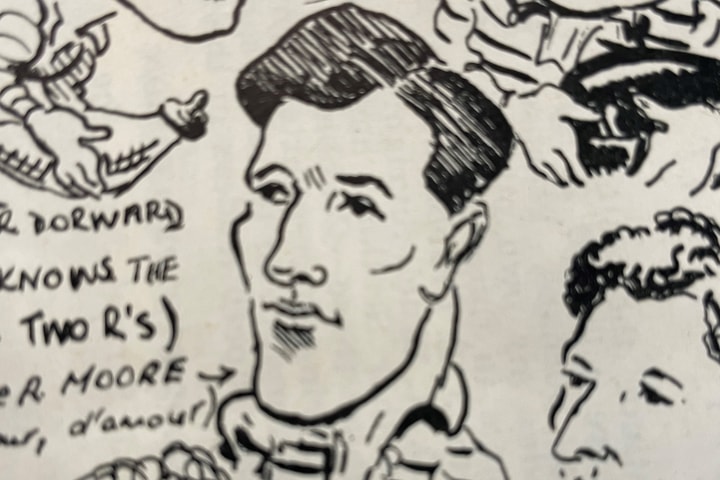The Springboks have been renowned for hard and athletic ruggedness since joining the international fold against the British Isles in 1891. Although their early test match results against the British touring sides were disappointing, their two tours of the United Kingdom and France before the 1st World War demonstrated that Springbok forward strength allied to direct running threequarters was very difficult to overcome when augmented by an ability to kick penalty goals at key moments.
The rollcall of great Springbok kickers starts with the balding Transvaal forward Douglas Morkel, one of the stars of the pre-war UK tours. He played in two tests against Ireland and England in 1906 without troubling the scorers, but his kicking record in his seven tests against the British Lions in 1910 and the home countries and France in 1912-13 was highly significant. A prodigious long-range goal kicker, he scored 38 points in these tests, including the solitary winning penalty goal against Wales, two vital second half penalty goals in their 9-3 win over England, and 13 points against France in which his drop goal was described by Danie Craven in extravagant fashion:
"During the second half a penalty was awarded to South Africa in their own half of the field. Thinking it was an unfair decision, the captain, Billy Millar, told Dougie to kick the ball away. Instead of punting, Dougie drop-kicked at goal. It soared through the posts, the crowd roared and they all poured onto the field, wanting to touch this miraculous man."
When the British Lions toured South Africa in 1924, they faced the Western Province fly half, Bennie Osler, in the first of his 17 consecutive appearances over the next nine years. His drop goal in the 18th minute of a match won 7-3 by the Springboks was the difference between the two teams and his reading of the game was a key component in the convincing 3-0 series victory for the home side. A supreme tactical kicker from hand and a renowned drop goal specialist, his influence on the four tests played by the Springboks against New Zealand in 1928 was as great. He kicked 14 of South Africa's 17 points in their 17-0 victory in the 1st test and marshalled the Springbok backline expertly in a closely fought 4-test series.









